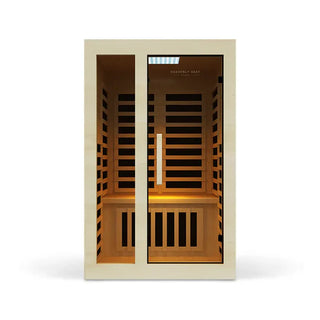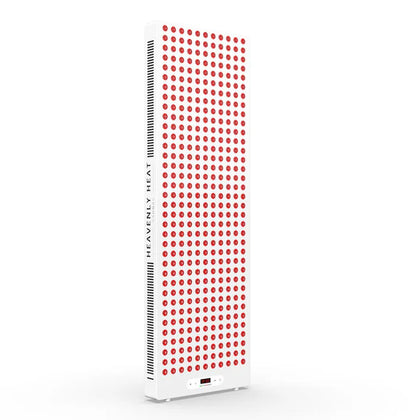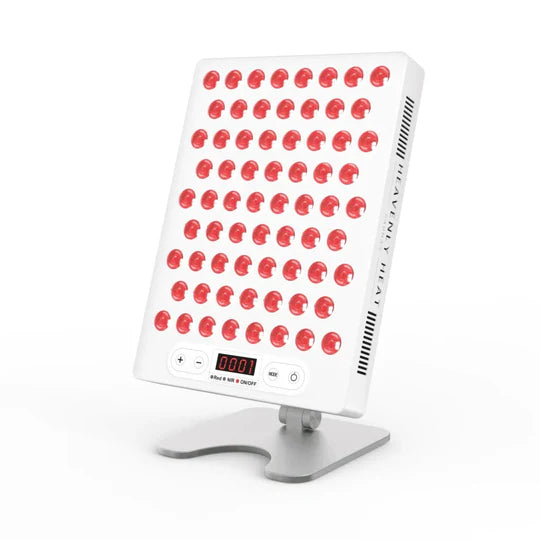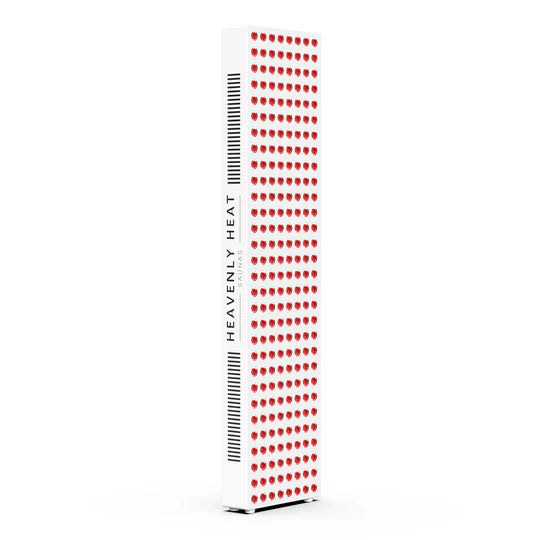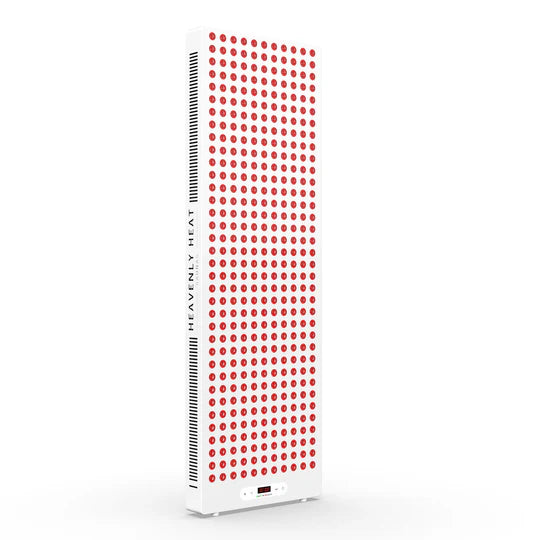7 Tips to Maintain a Hot Tub in Winter

Winter can be tough on your hot tub, but keeping it warm and ready doesn’t have to be a struggle.
With the right tips, you can protect your tub, save energy, and enjoy relaxing soaks all season long. Follow these seven simple steps to maintain your hot tub and make winter worry-free.
Table of contents
Key Takeaways
Maintain Consistent Heat: Keep your hot tub temperature steady with insulation, covers, and periodic circulation.
Balance Water Chemistry: Test and adjust pH, alkalinity, and sanitizer levels more frequently in cold months.
Use a Quality Insulated Cover: A thick, well-fitted cover saves energy, reduces heat loss, and protects your tub.
Protect Pipes and Equipment: Circulate water, insulate plumbing, and use antifreeze if leaving the tub unused.
Clear Snow and Ice Regularly: Gently remove buildup to prevent damage and maintain safe, warm water.
7 Tips to Maintain a Hot Tub in Winter
Keep the Water Temperature Steady
Maintaining a steady hot tub temperature in winter doesn’t require running the heater constantly.
Insulation, a quality cover, and periodic water circulation reduce heat loss and prevent cold spots. Adding a thermal blanket on the water further eases the heater’s workload.
Check and Balance Water Chemistry
Test hot tub water at least once or twice a week to maintain pH and alkalinity. Cold water reduces sanitizer effectiveness, so use a sanitizer suited for low temperatures.
Adjust pH gradually and keep alkalinity stable. Check sanitizer levels more often in winter to prevent bacteria or algae growth.

Use an Insulated Hot Tub Cover
Using a high-quality insulated hot tub cover is one of the best ways to keep your tub warm and energy-efficient during winter.
For example, a 6-inch thick cover with 1lb density foam provides almost 50% more insulation than a standard 4-inch cover, while weighing the same.
This thicker, denser foam traps heat better and is stronger, helping to prevent heat loss through the water’s surface, the main place heat escapes.
A full foam insulation also stabilizes the tub structure and stops cold air from reaching the water.
By holding in the heat, a good cover reduces how often your heater needs to run, cutting down energy use and costs. It also minimizes evaporation, which means less water and heat loss overall.
To get the best results, look for covers that fit tightly, have a high R-value, and are made from durable materials.
Investing in a quality insulated cover pays off with warmer water and lower energy bills all winter long.
Prevent Pipes and Jets from Freezing
To prevent frozen pipes in a hot tub, keep water above 50°F and circulate it to avoid ice in the jets.
For long periods of non-use, drain the plumbing and add spa-safe antifreeze. Insulate pipes for extra protection, or use tubs with automatic freeze protection systems.
Clean and Maintain Filters Regularly
Clean spa filters every two weeks in winter. Remove debris, soak in a cleaning solution for 6–12 hours, and rinse thoroughly to avoid high-pressure washers.
Watch for clogging signs such as reduced flow or cloudy water. Keep the filter installed unless winterizing completely. Regular maintenance ensures efficient operation.
Clear Snow and Ice from the Tub
Snow and ice can damage your hot tub. Use a soft-bristled broom or plastic shovel to remove snow and ice gently, avoiding scratches.
Sweeping snow off the cover prevents freezing, reduces weight, and maintains water temperature. Regular clearing protects your hot tub and keeps it accessible in winter.
FAQ
How long can you leave a hot tub empty in the winter?
You can leave a hot tub empty in winter only for a few days for cleaning or minor repairs. For extended shutdowns, full winterization is required: drain all water, protect plumbing, apply antifreeze, and cover securely to prevent freezing, drying seals, and component damage.
How much does it cost to run a hot tub in winter?
Running a hot tub in winter can cost anywhere from $60 to $125 per month, depending on several key factors. Electricity is the biggest contributor, typically ranging from $30 to $75 monthly. On average, a hot tub uses about 5 to 6 kWh of electricity per day, which adds up quickly in colder months. The size and type of your hot tub play a big role, larger models with more water require more energy and chemicals, while compact or energy-efficient models consume less. Frequent use and longer soak times also drive up costs. Cold outdoor temperatures mean more heat loss, especially if the tub isn’t well insulated. A well-insulated hot tub can significantly cut down on energy use. In addition to electricity, chemical treatments to keep the water clean usually cost between $30 and $50 per month. While water and maintenance costs are generally low, they do contribute to the overall monthly expense. So, the better your hot tub is suited to winter, the more efficiently, and affordably it will run.
What is the best temperature for a hot tub in winter?
During the winter months, the ideal hot tub temperature for most adults is between 100°F and 102°F, offering a balance of comfort and safety. Health experts and hot tub manufacturers strongly advise not exceeding 104°F, as higher temperatures can lead to risks like heatstroke, dehydration, or even burns, especially in cold, dry air. On the other hand, setting your hot tub too cold can make it uncomfortable, reduce its therapeutic benefits, and even damage the plumbing if water freezes. According to the National Center for Biotechnology Information, cold exposure triggers a physiological response called peripheral vasoconstriction, which reduces blood flow to the skin and increases insulation. Soaking in warm water helps counteract this by promoting circulation and easing tension. It's also important to note that ideal temperatures can vary: for seniors, water should stay around 100°F and never exceed 102°F, as higher heat may strain the cardiovascular system. To stay safe and get the most out of your soak, always adjust your hot tub settings seasonally and consider personal health needs.
Is it safe to use a hot tub in freezing temperatures?
Yes, using a hot tub in freezing temperatures is safe if properly maintained. Ensure water circulation, adequate levels, balanced chemicals, and a tight-fitting cover. Monitor for leaks, warm up gradually, stay hydrated, and follow manufacturer guidelines, especially for inflatable tubs or extreme cold conditions.
Can you use an inflatable or wood-fired hot tub in winter?
Yes, both inflatable and wood-fired hot tubs can be used in winter with precautions. Inflatable tubs need insulation, a quality cover, consistent heating, and possibly relocation indoors. Wood-fired tubs require a low fire or frost protector, complete draining after use, and careful ice management to prevent damage.




